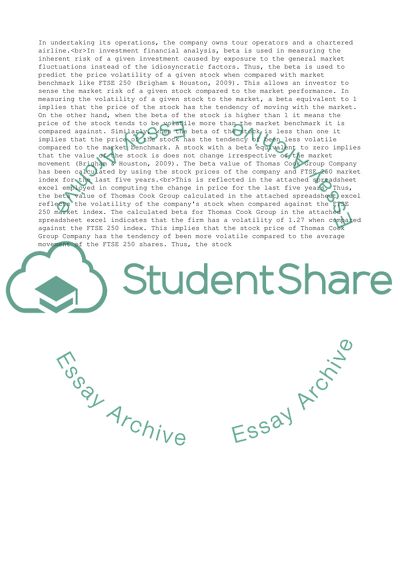Cite this document
(Company Financial Analysis Essay Example | Topics and Well Written Essays - 1750 words, n.d.)
Company Financial Analysis Essay Example | Topics and Well Written Essays - 1750 words. https://studentshare.org/finance-accounting/1826968-company-financial-analysis
Company Financial Analysis Essay Example | Topics and Well Written Essays - 1750 words. https://studentshare.org/finance-accounting/1826968-company-financial-analysis
(Company Financial Analysis Essay Example | Topics and Well Written Essays - 1750 Words)
Company Financial Analysis Essay Example | Topics and Well Written Essays - 1750 Words. https://studentshare.org/finance-accounting/1826968-company-financial-analysis.
Company Financial Analysis Essay Example | Topics and Well Written Essays - 1750 Words. https://studentshare.org/finance-accounting/1826968-company-financial-analysis.
“Company Financial Analysis Essay Example | Topics and Well Written Essays - 1750 Words”. https://studentshare.org/finance-accounting/1826968-company-financial-analysis.


